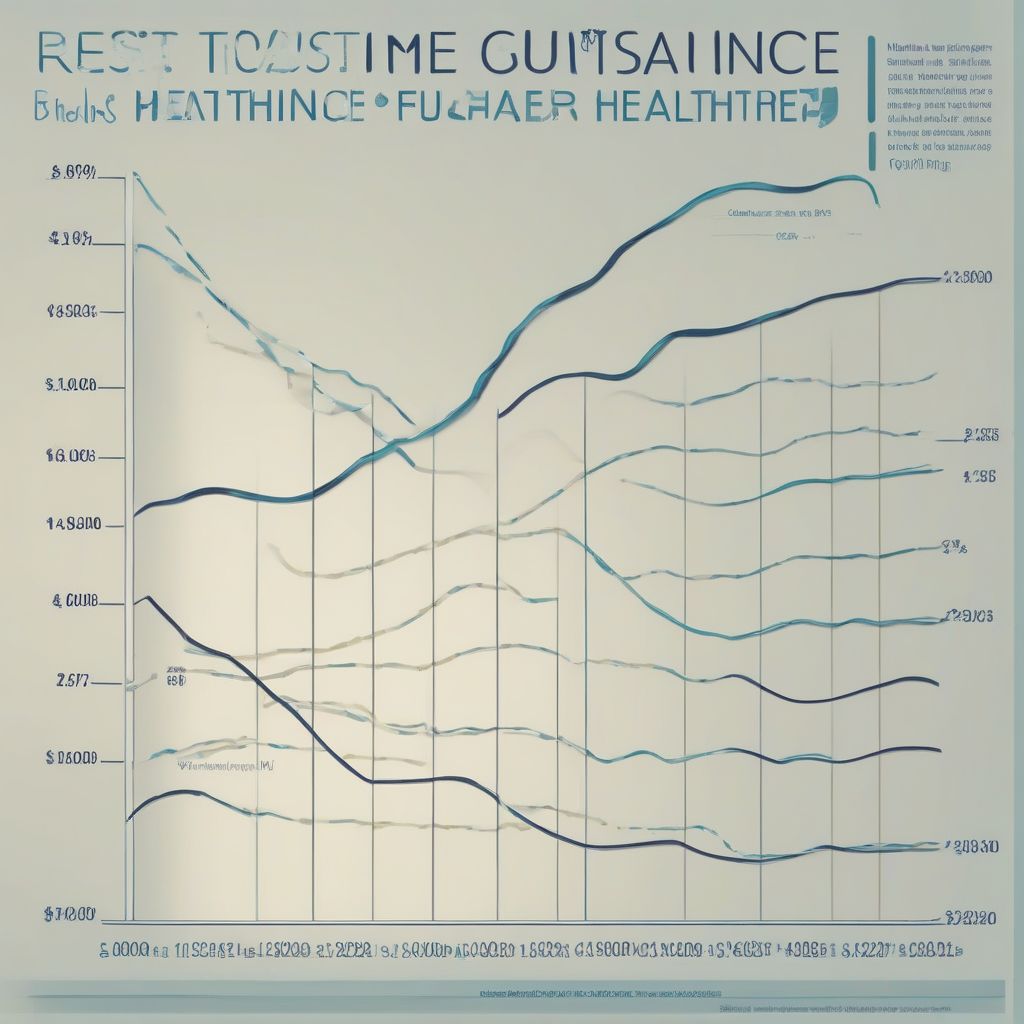Achieving the Triple Aim in Healthcare: Improving Care, Health, and Cost
In today’s evolving healthcare landscape, the concept of “dungcutuve.net/triple-aim-healthcare/">Triple Aim Healthcare” has gained significant traction. But what exactly does it mean and why is it so important? This article delves into the core principles of triple aim healthcare, explores its implications, and highlights how it’s transforming the healthcare system.
Understanding the Triple Aim
The Institute for Healthcare Improvement (IHI) introduced the Triple Aim framework in 2007 as a comprehensive approach to optimizing healthcare delivery. It focuses on simultaneously achieving three interconnected goals:
- Improving the Patient Experience of Care: This encompasses aspects like patient satisfaction, communication, engagement in care decisions, and overall well-being.
- Improving the Health of Populations: This involves shifting focus from individual patients to entire communities, addressing population health issues, and reducing health disparities.
- Reducing the Per Capita Cost of Healthcare: This aims to enhance the affordability and sustainability of healthcare by optimizing resource allocation, reducing unnecessary spending, and promoting value-based care.
Why is the Triple Aim Crucial?
The traditional healthcare system often operates in silos, focusing on individual encounters rather than holistic well-being. This approach has led to rising costs, fragmented care, and persistent health disparities. The Triple Aim framework addresses these challenges by:
- Promoting a Patient-Centered Approach: It prioritizes patient needs and preferences, ensuring they are active participants in their care journeys.
- Emphasizing Prevention and Wellness: By focusing on population health, it aims to prevent illness, manage chronic conditions effectively, and promote healthy behaviors.
- Driving Value over Volume: It encourages healthcare providers to prioritize quality and outcomes over the number of services delivered.
Key Strategies for Achieving the Triple Aim
Successfully implementing the Triple Aim requires a multi-faceted approach involving various stakeholders, including:
- Integrated Care Models: Coordinating care across different providers and settings to ensure seamless transitions and comprehensive support.
- Data-Driven Decision Making: Leveraging health information technology to track performance, identify areas for improvement, and personalize care plans.
- Payment Reform: Shifting from fee-for-service models to value-based payments that reward providers for delivering high-quality, cost-effective care.
- Community Engagement: Partnering with community organizations to address social determinants of health and improve access to care for underserved populations.
Challenges and Opportunities in Implementing the Triple Aim
While the Triple Aim provides a powerful framework, its implementation comes with challenges:
- Data Integration and Interoperability: Sharing data seamlessly between different healthcare systems can be complex.
- Changing Payment Structures: Shifting away from traditional fee-for-service models requires significant financial and operational adjustments.
- Measuring Success: Defining and measuring progress towards the three aims can be challenging, requiring standardized metrics and data collection methods.
Despite these challenges, the Triple Aim presents significant opportunities to:
- Enhance Patient Satisfaction: By providing more personalized, coordinated, and patient-centered care.
- Improve Population Health Outcomes: By addressing health disparities, promoting prevention, and managing chronic conditions effectively.
- Create a More Sustainable Healthcare System: By reducing unnecessary spending, improving efficiency, and focusing on value-based care.
Conclusion
The Triple Aim framework offers a comprehensive roadmap for transforming healthcare delivery. By aligning the goals of improving patient experience, population health, and cost-effectiveness, it paves the way for a more efficient, equitable, and patient-centered healthcare system.
We encourage you to explore further resources and information on our website to deepen your understanding of the Triple Aim and its impact on the future of healthcare.



